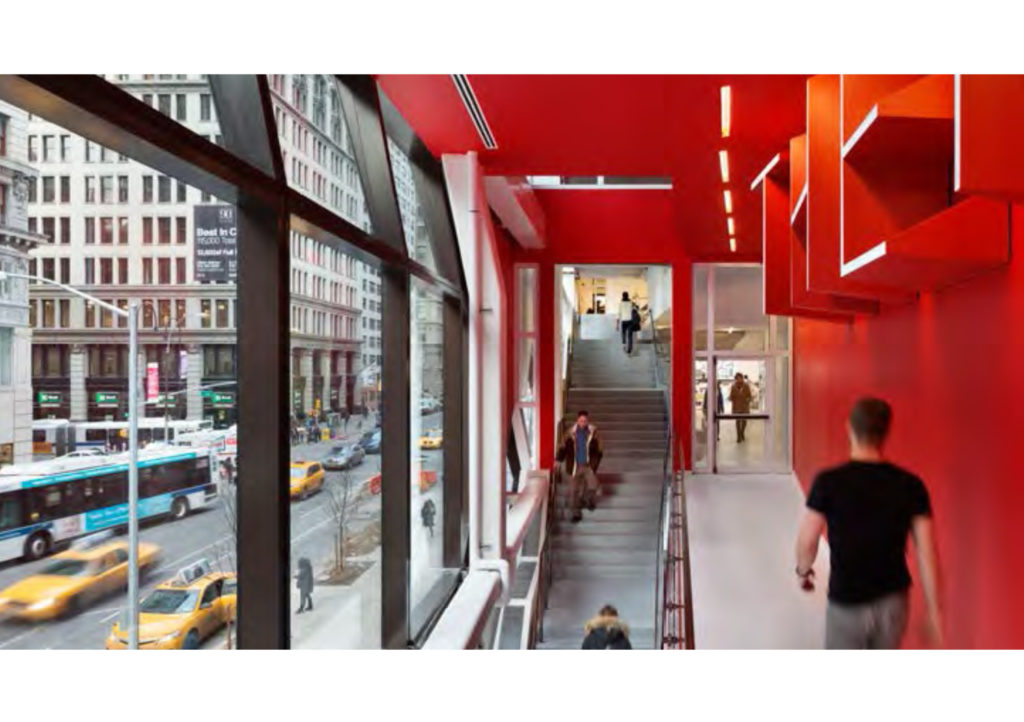
- Location:
The New School University Center
63 5th Ave, New York, NY 10003
Good planning calls for good questions. Some questions addressed in this Roundtable, which is one of a series beginning in 2016, are signaled by the title of this Roundtable “A Permeable Ecosystem of Spaces – Serving All Students.”
How might our planning be driven by a concept, a vision of permeability? has been woven into the LSC fabric of questions that those planning to plan must address. In the setting of The New School, we will begin to understand permeability in real time. A tour of that facility will inform our discussion, as will projects by four other firms, including ASG, HOK, EwingCole, and brightspot.
To spark your imagination, here is a snapshot of further questions from past roundtables.
AUDACIOUS QUESTIONS & COMMENTS FROM THE LSC ROUNDTABLES (2016 – )
What spaces should be designed for is to motivate students to take risks. So a space has to be comfortable enough for them to get out of their comfort zone. So you have to create a space for them to feel comfortable to fail.
As an educator, I note that it is also important to have a space where students can feel comfortable navigating gray areas. In learning as in life, things are not always black and white. The space should disrupt them. They should be uncomfortable; their senses and their antennae should be up. And yes, it should motivate them to move out of their comfort zone.
As an architect, I want to bring the intuitive back into thinking about and experiencing spaces and ask what it is about a space that is motivational. How do we bring this conversation to the planning table? It is not always just about putting the people in the right place to have the right collision to have the right conversation; all that is important. But there is that intrinsic intuitive spiritual connection that must be made to the space.
But it is more than that. Every space should be considered for its potential as a space for learning—for all students, not just for particular majors in particular fields. Buildings are increasingly not envisioned as serving a single discipline but as serving many— embracing multi-, trans,-interdisciplinary—initiatives.
This reinforces the importance of thinking of about the wider campus green and about “campus as community” when thinking about a major new building or giving attention to the current physical plant.
What I think should be visible is a diversity of people in the spaces. If you want to diversify the population of students on a campus, you have to create spaces where if a person of color or a woman walks into them and sees a person like him or herself, he or she feels like they belong, that they want to be part of that community.
ARCHITECTS
A special feature of LSC Roundtables is the opportunity for academics and architects to have conversations about spaces unencumbered by pressures of timeline, budgets, or politics. Participating architects will be sharing stories about recent projects in which they and their clients identified and tackled hard questions facing those responsible for spaces for learning on a campus.
SOM Video: Building Stories: University Center – The New School
